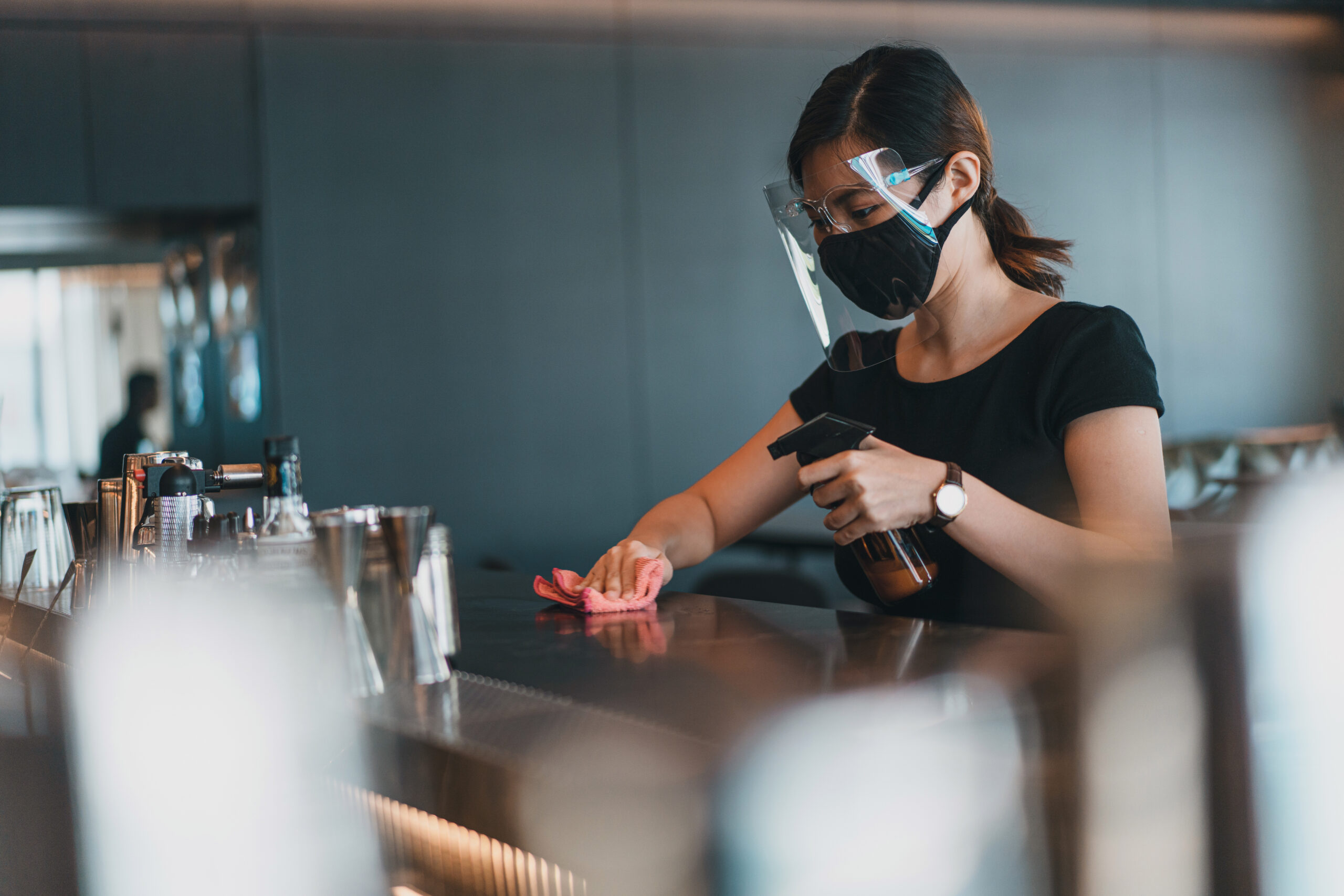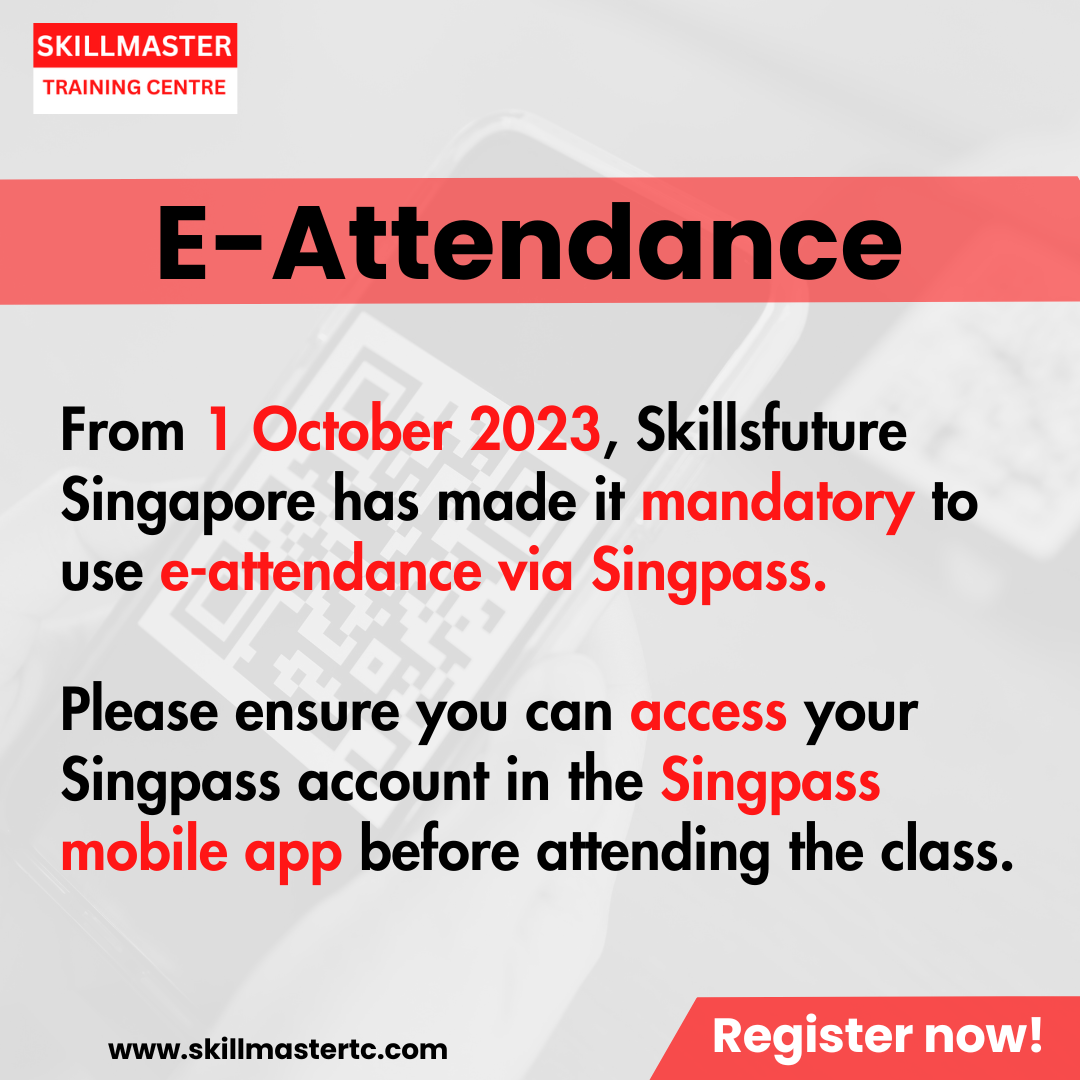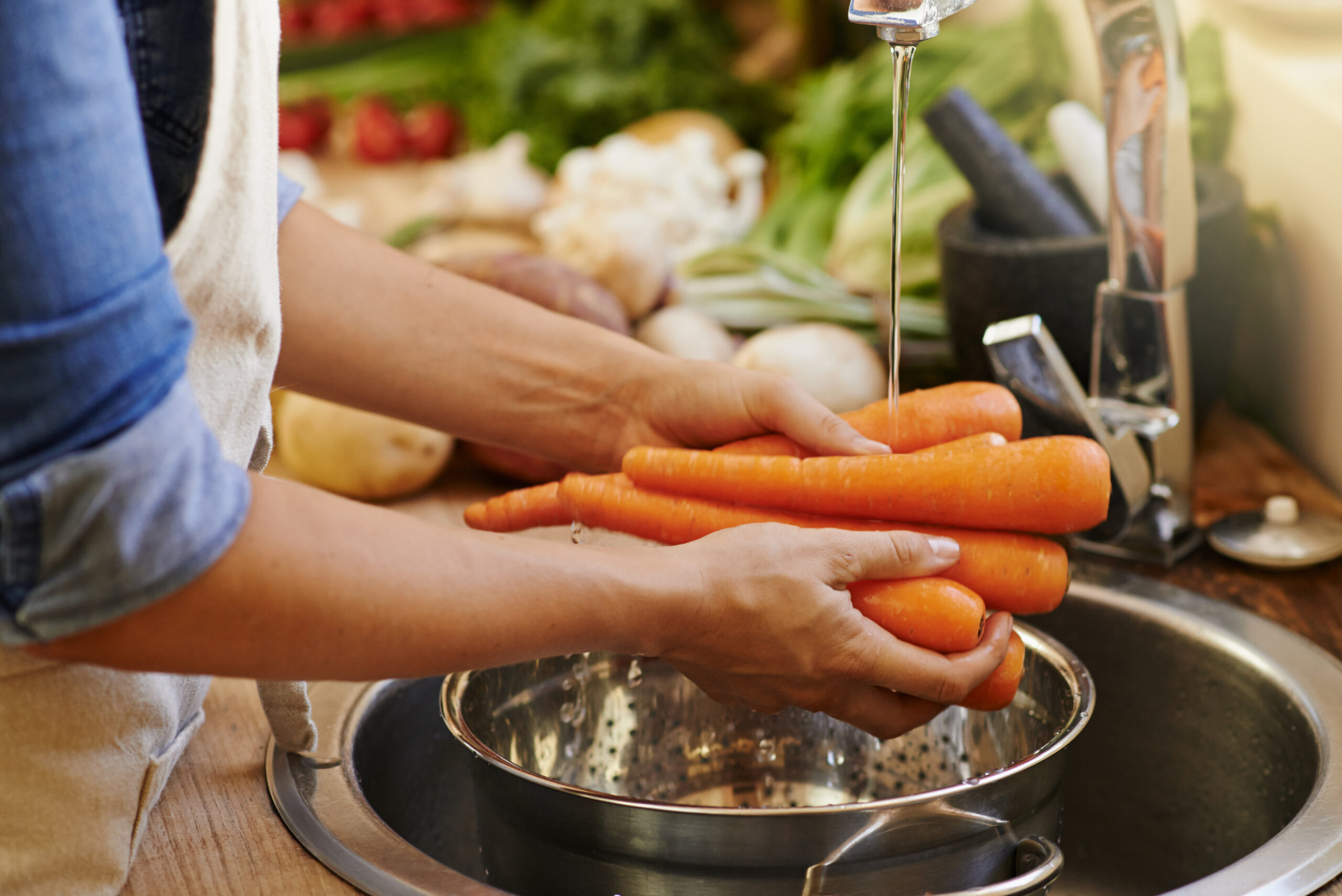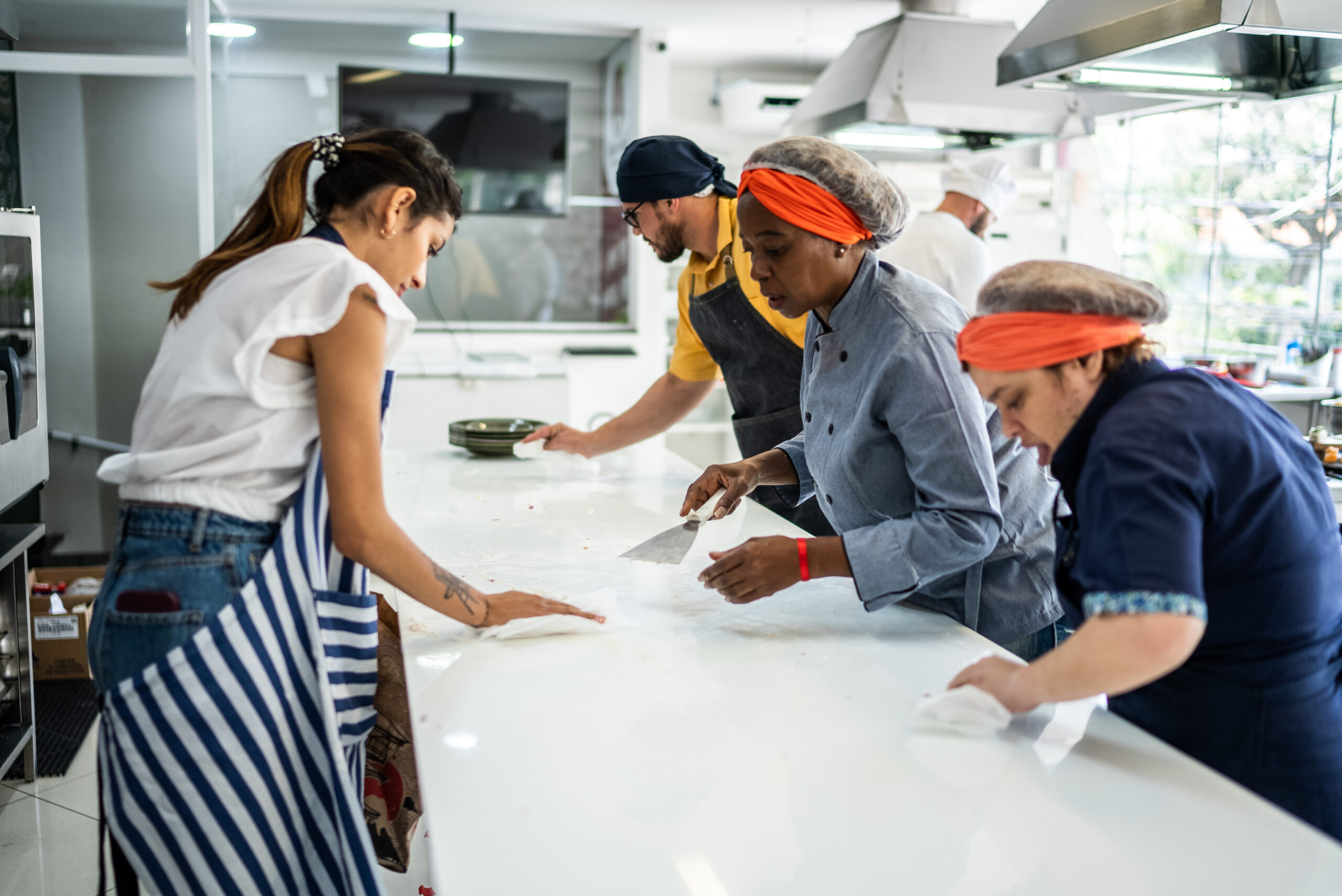Introduction
As the food and beverage industry in Singapore continues to thrive, it’s crucial to prioritise the safety and well-being of our f&b workers.
And Personal Protective Equipment (PPE) plays a vital role in this aspect, especially amidst public health concerns like the COVID-19 pandemic.
In this article, we will focus on two primary points, including –
- The importance of PPE in a restaurant
- How to implement PPE guidelines in a Singapore-based diner
So, without any further ado, let’s begin.
Understanding the Importance of PPE in a Restaurant
PPE or Personal Protective Equipment usually serves as a critical line of defence for a worker. It doesn’t only safeguard the employees from various hazards but also ensures the food safety of the food that’s being served.
In this section, we’ll talk about five PPEs and how they help in improving the environment of an eatery. Hopefully, it’d help you understand their importance and how or where you need to use them.
I: Face Masks
Face masks have always been an integral part of PPE in the restaurant industry. And since the COVID-19 pandemic hit us, its significance has increased even more.
So, how can they be of your assistance?
To begin with, a face mask can help in preventing the spread of infectious diseases, such as –
- Measles
- Tuberculosis
- Chickenpox
Moreover, they can also be an effective counter against the proliferation of COVID-19 or any other associated disease that spreads through respiratory droplets.
This is even more important when you are handling food, as the droplets can accidentally fall onto the food and contaminate it. So, the person who is eating the food might come in contact with the same disease the you are suffering from.
Safety Tip: If you are using a full-mask or a half-mask respirator, you should change them as frequently as you can. Also, if you have been using a surgical mask, it’s best not to share them with anyone. Make sure to change the mask immediately if it’s soiled or damaged.
II: Gloves
Unlike face masks, gloves focus on preventing cross-contamination and maintaining hygiene. In a restaurant setting, it can also be used to prevent your hand from getting damaged because of the continuous usage of soaps. So, they should be worn when you are –
- Preparing food in the kitchen
- Cleaning desks, tables, or dishes
Besides, gloves might prevent you from touching the food right after working with something else. For example, if you were cleaning dishes, there is a high possibility of your hand being covered with soap even if you have washed it properly. So if you don’t wear gloves afterward, it might transfer into the food and lead to food poisoning for the person who’s eating it.
Safety Tip: Like the face masks, you have to remove and change your gloves regularly too. If you are simply shifting from one task to another, you should opt for a new one.
III: Eye Protection
It’s more kitchen-focused equipment and is recommended to be worn by individuals who are exposed to various potential hazards, such as –
- Hot liquids
- Flying debris
- Cleaning chemicals
Proper eye protection can also ensure that the employees are carrying out their duties properly and with decreased risks. It’s primarily used in the kitchen of a restaurant, as it’s the riskiest or most dangerous place in a restaurant.
IV: Protective Clothing
Aprons and other protective clothing, like long-sleeved shirts or jackets, help shield workers from heat, spills, and stains. These should be made of materials that are resistant to liquids and easy to clean. Just one swipe of soap water will do the trick without any issue at all.
Although they’re durable enough, it’s still important to regularly inspect and replace damaged or worn-out protective clothing to maintain their effectiveness.
V: Safety Footwear (Preferably a Slip-Resistant One)
Slip-resistant footwear is crucial in restaurant environments where spills and wet surfaces are common. These shoes provide better traction, reducing the risk of slip-and-fall accidents.
Employees must wear closed-toe shoes with slip-resistant soles to ensure proper stability and minimise workplace injuries. It’s another piece of equipment that’s most prominently used in the kitchen.
Bonus: A Hair Net
Apart from all these, it’s also important to use a hair net in order to protect your hair from the oily environment. Additionally, they can also prevent your hair from falling down on the food products you are cooking.
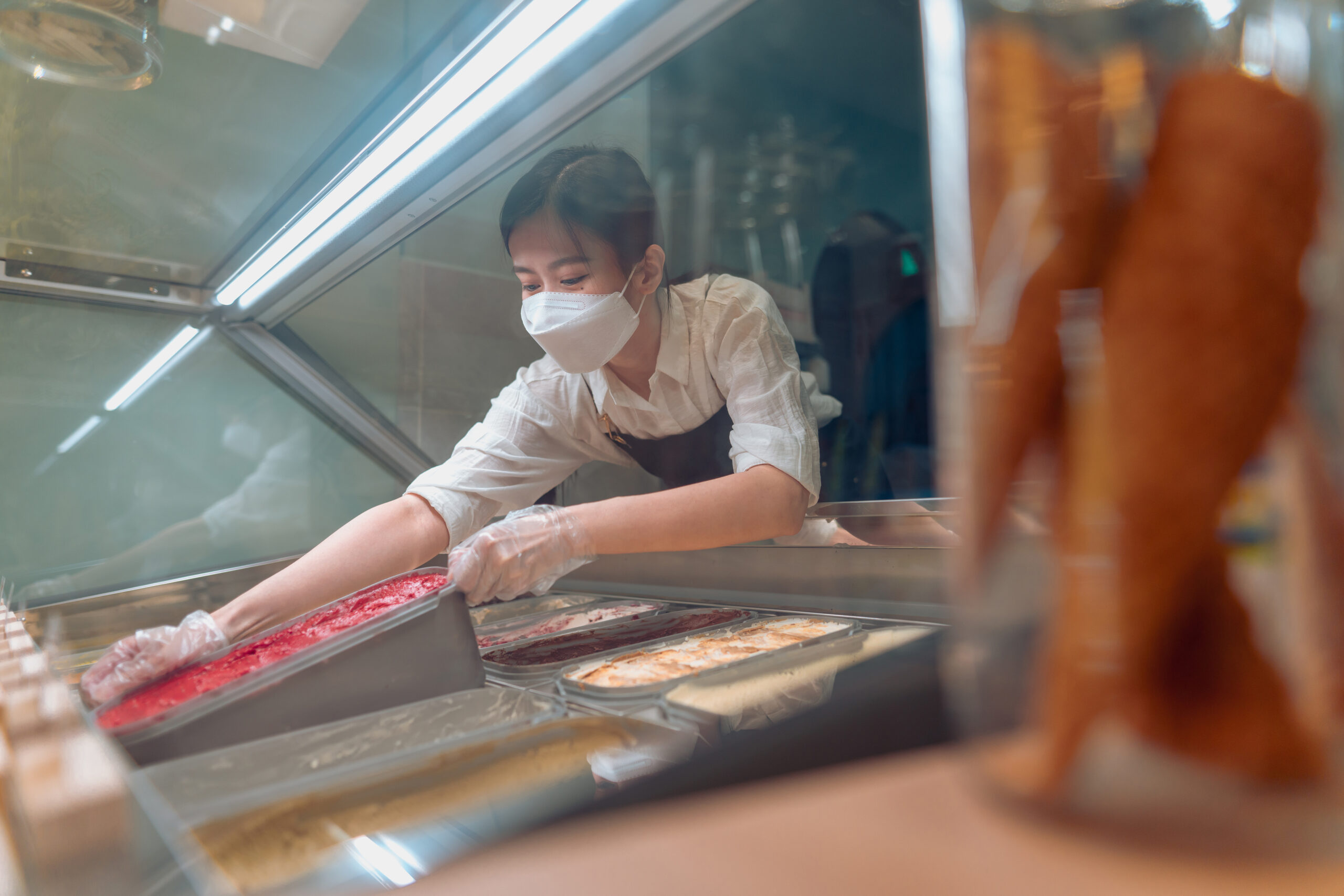
Source: iStock
Implementing PPE Guidelines in Singapore Restaurants
As of now, we have had a small discussion about different types of PPE and how you may use them. So, here, we will focus on how you can implement them in your setting.
Let’s begin.
Step – 1: Conduct a Thorough Risk Assessment
Before you put any regulation into place, you will need to understand the ecosystem you’re in first. And that can only be done through a thorough risk assessment of your restaurant.
Evaluate various risk-crippled areas, such as food preparation, cleaning, and dishwashing, in a proper manner. This, in turn, can help you find out where you are lacking and take an accurate steps accordingly. You can also determine the type of PPE you should use for risk prevention.
Step – 2: Offer Adequate Training to Everyone
If your staff aren’t well-trained to use a specific PPE, it becomes your responsibility to proffer them with training and practical lessons. The areas you need to cover are –
- Maintenance
- Correct usage of an equipment
- Disposing of the used product
In addition to these, they’ll also need to have a clear idea about the types of risks they might encounter while working. So, make sure that it’s included in their training as well.
Step – 3: Ensure Availability and Accessibility
Make sure that PPE is readily available for all employees. It might be better to have specific storage space for it so that everyone can use it whenever needed.
Also, maintain an adequate stock of masks, gloves, and other equipment, and ensure easy accessibility throughout the workplace.
Additionally, we’d also ask you to consider providing additional protective measures like hand sanitisers, disinfectant wipes, and sanitiser dispensers to promote hygiene practices.
Step – 4: Monitor and Enforce Compliance
Regularly monitor PPE usage and enforce compliance with safety protocols. You can do it by yourself or ask someone else to keep an eye on how everyone is working.
Supervisors should actively observe employees and provide constructive feedback to ensure proper usage and address any potential shortcomings.
Encourage an open dialogue where workers are able to raise concerns or provide suggestions for improving safety measures.
Step – 5: Regularly Review and Update Procedures
As new guidelines or recommendations emerge, regularly review and update your PPE procedures. And communicate with your staff and answer their questions related to the same.
Stay informed about the latest developments from relevant authorities, such as the Ministry of Manpower or the National Environment Agency.
Adapting to the changes promptly will help in maintaining the highest level of safety for your restaurant workers and customers.
The Bottom Line
The proper implementation of Personal Protective Equipment (PPE) guidelines is essential for ensuring the safety of restaurant workers in Singapore.
By understanding the importance of various types of PPE and following best practices, such as wearing face masks, gloves, eye protection, aprons, and slip-resistant footwear, restaurant owners and managers can create a safe working environment for their employees.
Also, remember to conduct risk assessments, provide comprehensive training, ensure availability, monitor compliance, and regularly review procedures to stay up-to-date with the latest safety guidelines.
Prioritising the well-being of your workers will ultimately contribute to the success and reputation of your restaurant.
To know more click here for various offered courses by skillmaster on the subject of workplace safety and Health implementation.

